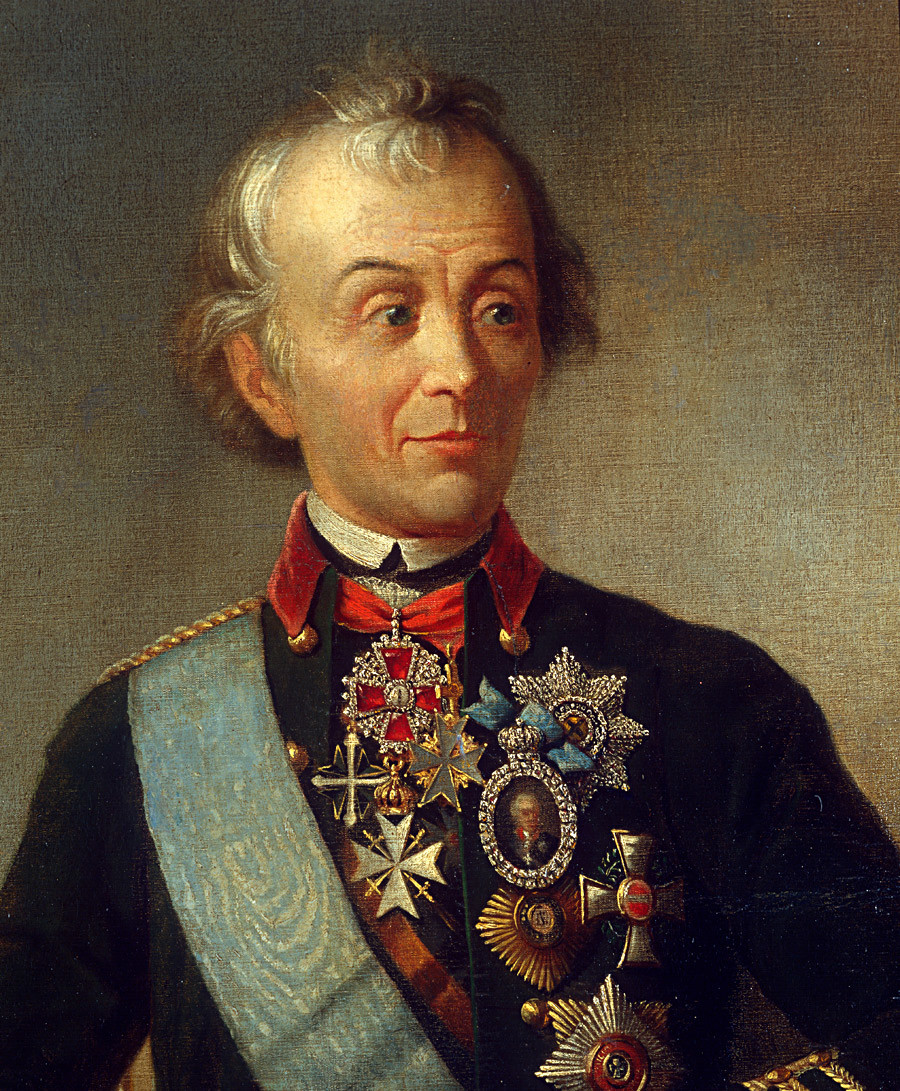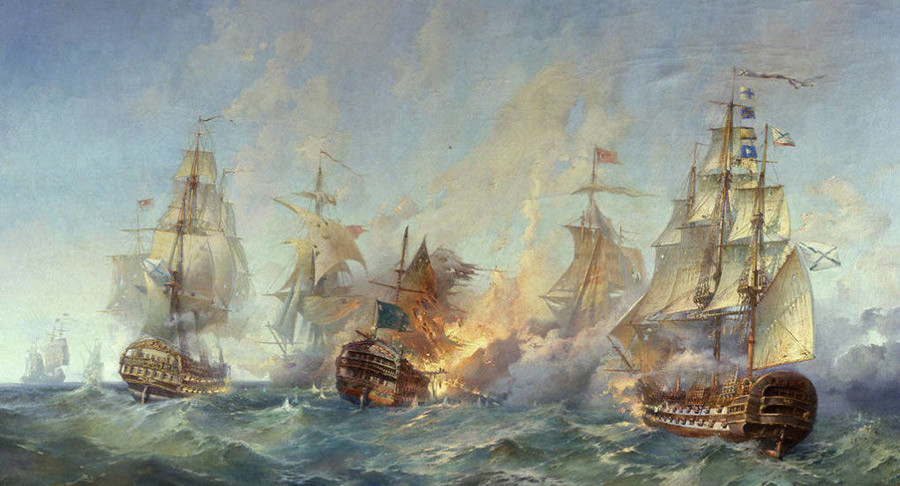3 Russian military men who only knew how to win

Portrait of Georgy Zhukov by P. Korin, 1945
Vladimir Boiko/Global Look Press1. Alexander Suvorov
Alexander Suvorov never lost a single battle during his long military career. Out of 60 or so victories, the most difficult was probably the 1790 siege of
It was during

Alexander Suvorov (1729–1800)
Vladimir Boiko/Global Look PressSuvorov trained his soldiers to overcome ditches and walls for six days and then attacked the fortress before dawn from three directions. The Turks were somewhat disoriented by this move, they didn’t expect a strike from a trio of angles. The battle was fierce, as the Turks defended the city vehemently. However, in the morning the Russians took the external fortification and entered the city. Fighting in the streets turned into a bloodbath.
“There was shooting from every building...Not only men fought but also women who attacked the Russians with daggers in their hands, as if they were desperately looking for death…Burning roofs fell…Several thousand horses escaped from the burning stables and were madly dashing in the streets increasing the chaos,” wrote one 19th century Russian historian about the epic battle(link in Russian).

'The Assault of fortress Izmail' by E.Danilevsky and V.Sibirsky, 1972
Suvorov Museum, IzmailBy
2. Fyodor Ushakov
Another Russian military leader, 18th-century naval commander Fyodor Ushakov, did not lose a single battle either. He could also claim that under his supervision no vessel was lost and no sailor under his command was taken

Portrait of Admiral Fyodor Ushakov by unknown artist, XIX c.
Global Look PressDuring most of his battles, Ushakov fought against Turks in the south of Russia. Unlike traditionally strong Russian ground forces, the Black Sea fleet was still being developed at the end of the century and on paper was no match for its Turkish counterpart, so it avoided decisive battles with the Turks. However, this all changed when in March 1790 Ushakov was put in charge. He placed a special emphasis on training and broke with the existing rigid tradition of sea battles, supporting more flexible and innovative approaches that allowed ships to actively maneuver during combat.
This innovative approach bore fruit during the Battle of Tendra (off the coast of Bulgaria) in September 1790. The Ottoman fleet was bigger: 14 battleships against the 10 under Ushakov’s command. Nevertheless, Ushakov chose to attack, concentrating cannon fire on the main Turkish vessels. The Turks could not hold out and

'The naval Battle of Tendra' by Alexander Blinkov
State Central Navy Museum, St. Petersburg.“The Battle of Tendra became part of world naval theory’s history. Admiral Ushakov was...an innovator in terms of maneuvering tactics of naval battles that proved efficient and led to the end of Turkey’s domination on the Black Sea,”said one Russian military historian.
3. Georgy Zhukov
The commander revealed his talents during the Soviet Union, during WWII. Georgy Zhukov was four times a Hero of the Soviet Union and a holder of many different awards. He represented the USSR when Germany officially surrendered and it was him who inspected the Moscow Victory parade in June 1945.

Portrait of Marshal of the Soviet Union Georgy Konstantinovich Zhukov. Artist P.V. Malkov. 1943.
Vladimir Boiko /Global Look PressZhukov played a crucial role in planning and executing key Red Army operations on the German-Soviet front including the final one – the Battle for

End of the war in Berlin in 1945. Georgy Zhukov (in the middle) is pictured in front of the Brandenburg Gate during a city tour.
DPA/Global Look PressThe assault began during the night of April 16 with an incredibly powerful and coordinated period artillery shelling. Then, before the dawn, tanks entered the battle supported by the infantry. This was possible due to the help of floodlights, which were set up behind the advancing troops.
In two weeks, on May 1, the red banner was raised over the Reichstag – Germany was captured. Many historians praise the military genius of Zhukov with some even calling him the “Paganini of the art of war.”
If using any of Russia Beyond's content, partly or in full, always provide an active hyperlink to the original material.
Subscribe
to our newsletter!
Get the week's best stories straight to your inbox